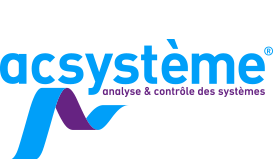How can I reduce both consumption and pollutant emissions (NOx and particulates) of a vehicle range which can contain 21 different versions (by changing gearbox settings and choosing the beam axle)? To meet a new European regulation (Euro 4), PSA’s engineers had to find the solution.
An additional constraint was introduced: they will try to find a way to reduce particulates without using the constructor’s notorious DPF (Diesel Particulate Filter).
Consumption and pollutant emissions are measured on a standardised cycle that solicits the powertrain with different levels of speed and torque. The purpose is to globally minimise consumption and pollutant emissions over the entire test cycle.
Optimisation is based on static simulations: for a determined operating point, defined by a transmitted torque and vehicle speed, and for each possible configuration, the model calculates specific consumption and pollutant emissions. The model is designed thanks to motor consumption and emission mapping and statistic equation of the traction chain.
The first part of the study consisted in looking for the best performance of the 21 possible adaptations among 55 configurations of gearbox and beam axle, taking into account some constraints such as transmissible torque or motor speed range. Engineer intervention is required to interpret the results of optimisation and to choose the ratio between consumption and emission reduction.
On the basis of the best configurations found during the first step, the gearbox’s sprockets are optimised to enhance performance. Although this second step requires additional mechanical studies, and even if the benefits made through this phase are lower than the first one, they still significantly enhance behavior for certain types of vehicles.
This complete study optimised the traction chain for a line of utility vehicles in full conformity with Euro 4 standards. It resulted in a 10% reduction in pollutant emissions, without DPF, opening up avenues for emissions reduction.

